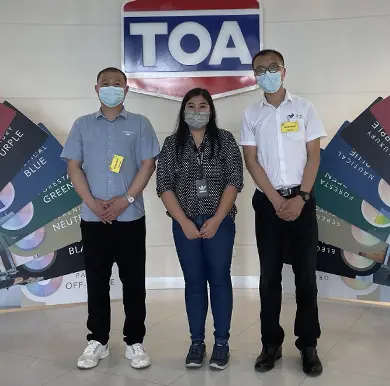
Dec . 13, 2024 22:23 Back to list
Steps for Effectively Dissolving HPMC in Water for Optimal Results
How to Dissolve HPMC in Water
Hydroxypropyl methylcellulose (HPMC) is a versatile cellulose ether commonly used in various industries, including pharmaceuticals, food, construction, and cosmetics. Its ability to form gels and thick solutions makes it a popular choice for many applications. To effectively harness its properties, proper dissolution in water is critical. This article will guide you through the process of dissolving HPMC in water, including tips for achieving a smooth, homogeneous mixture.
Understanding HPMC
HPMC is a non-ionic, water-soluble polymer derived from cellulose. It is known for its ability to enhance the viscosity and modify the texture of liquids. Its solubility and performance can vary based on the grade of HPMC, which is affected by the degree of substitution and the molecular weight. This means that not all types of HPMC dissolve in the same manner; hence, understanding the specific type you are using is essential for optimal results.
Materials Needed
- HPMC powder (specific grade depending on your application) - Distilled or deionized water - A mixing vessel (preferably heat-resistant) - A mechanical mixer or a handheld whisk - Measuring scale (for precise measurements) - A thermometer (if using heat) - A sieve or fine mesh (optional)
Step-by-Step Procedure
1. Measure the HPMC Start by measuring the desired amount of HPMC powder. The typical concentration varies based on the application, but a common range is between 1% to 5% by weight. Be sure to note the grade of HPMC you are using, as different grades may require slightly different techniques.
2. Prepare the Water Use distilled or deionized water to avoid impurities that might interfere with the HPMC's performance. You may choose to use cold or warm water, but warm water (not exceeding 60°C) can help dissolve the HPMC faster due to increased kinetic energy.
3. Adding HPMC to Water Gradually sprinkle the HPMC powder into the water while stirring continuously. This step is crucial because adding the powder too quickly can lead to clumping. A fine, steady stream of HPMC while stirring helps to incorporate it evenly into the liquid.
4. Mixing Use a mechanical mixer or a handheld whisk to stir the mixture vigorously. Mixing is essential to prevent the formation of lumps. If possible, combine water and HPMC in a manner that creates a vortex, allowing the powder to be drawn into the liquid more effectively.
how to dissolve hpmc in water

5. Hydration Time Allow the mixture to sit for a few minutes after initial mixing. This resting period will enable the HPMC to hydrate fully. During this time, you may notice thickening of the solution; this is a normal part of the process.
6. Optional Heating If the HPMC doesn’t dissolve completely, gentle heating can aid the process. Be cautious not to exceed 60°C, as excessive heat can degrade the polymer. Continue to stir while heating to ensure even distribution.
7. Final Mixing and Sieving (If Necessary) After the hydration period and any gentle heating, mix the solution again thoroughly. If any lumps persist, use a sieve or fine mesh to strain the solution. This ensures a smooth consistency and prepares it for your application.
8. Storing the Mixture If you are not using the HPMC solution immediately, store it in a sealed container at room temperature. Depending on the concentration and additives, the mixture may need to be used within a certain timeframe to ensure optimal performance.
Troubleshooting Common Issues
- Lumps Formation If lumps form during the process, ensure that you are adding the HPMC powder gradually while continuously stirring. A high-speed mixer can also help minimize this issue.
- Incomplete Dissolution If HPMC remains undissolved, ensure your water is warm and give it more time to hydrate. Stirring continuously also assists in breaking down any clumps.
- Thick Consistency If the mixture is too thick for your application, dilute it with more water. Adjust the concentration based on your specific needs.
Conclusion
Dissolving HPMC in water may require precise techniques and attention, but following the steps outlined above can lead to a successful mixture. By understanding the properties of HPMC and employing an effective methodology, you can unlock the potential of this remarkable polymer in your projects, whether in pharmaceuticals, food products, or industrial applications. Proper dissolution techniques ensure that you achieve the desired viscosity and texture, ultimately leading to enhanced performance in your formulations.
-
Versatile Hpmc Uses in Different Industries
NewsJun.19,2025
-
Redispersible Powder's Role in Enhancing Durability of Construction Products
NewsJun.19,2025
-
Hydroxyethyl Cellulose Applications Driving Green Industrial Processes
NewsJun.19,2025
-
Exploring Different Redispersible Polymer Powder
NewsJun.19,2025
-
Choosing the Right Mortar Bonding Agent
NewsJun.19,2025
-
Applications and Significance of China Hpmc in Modern Industries
NewsJun.19,2025







